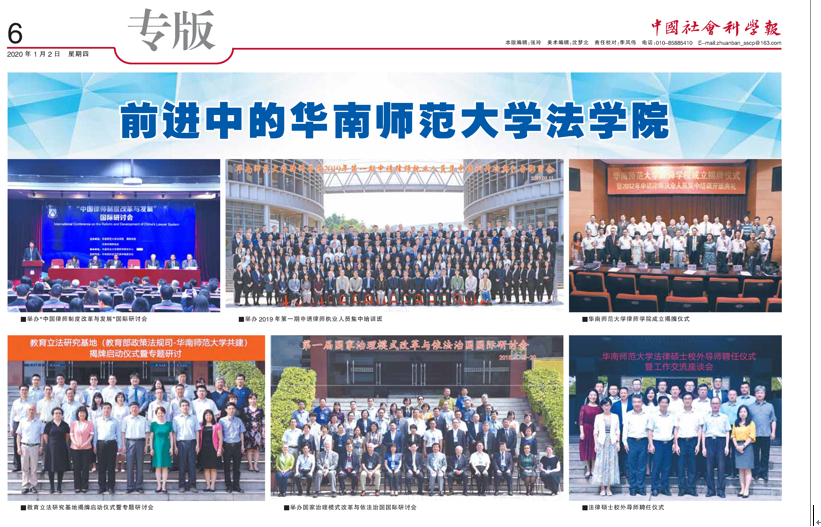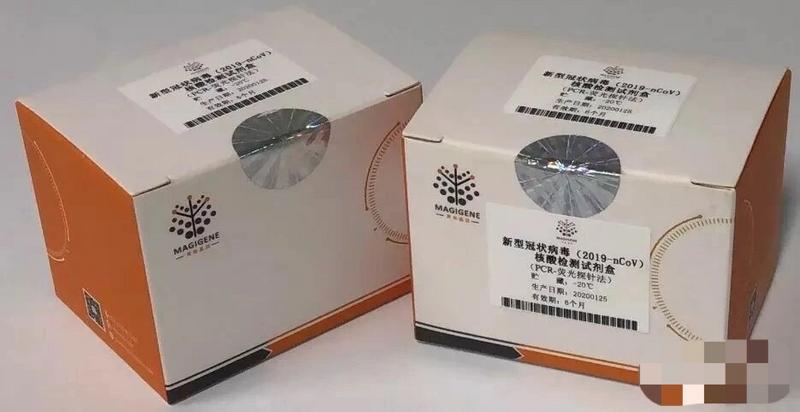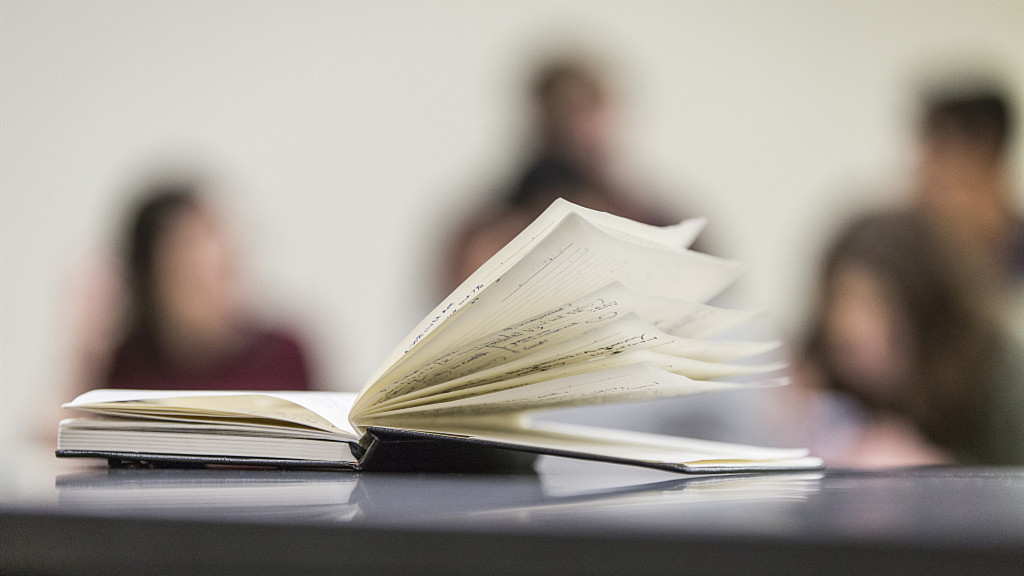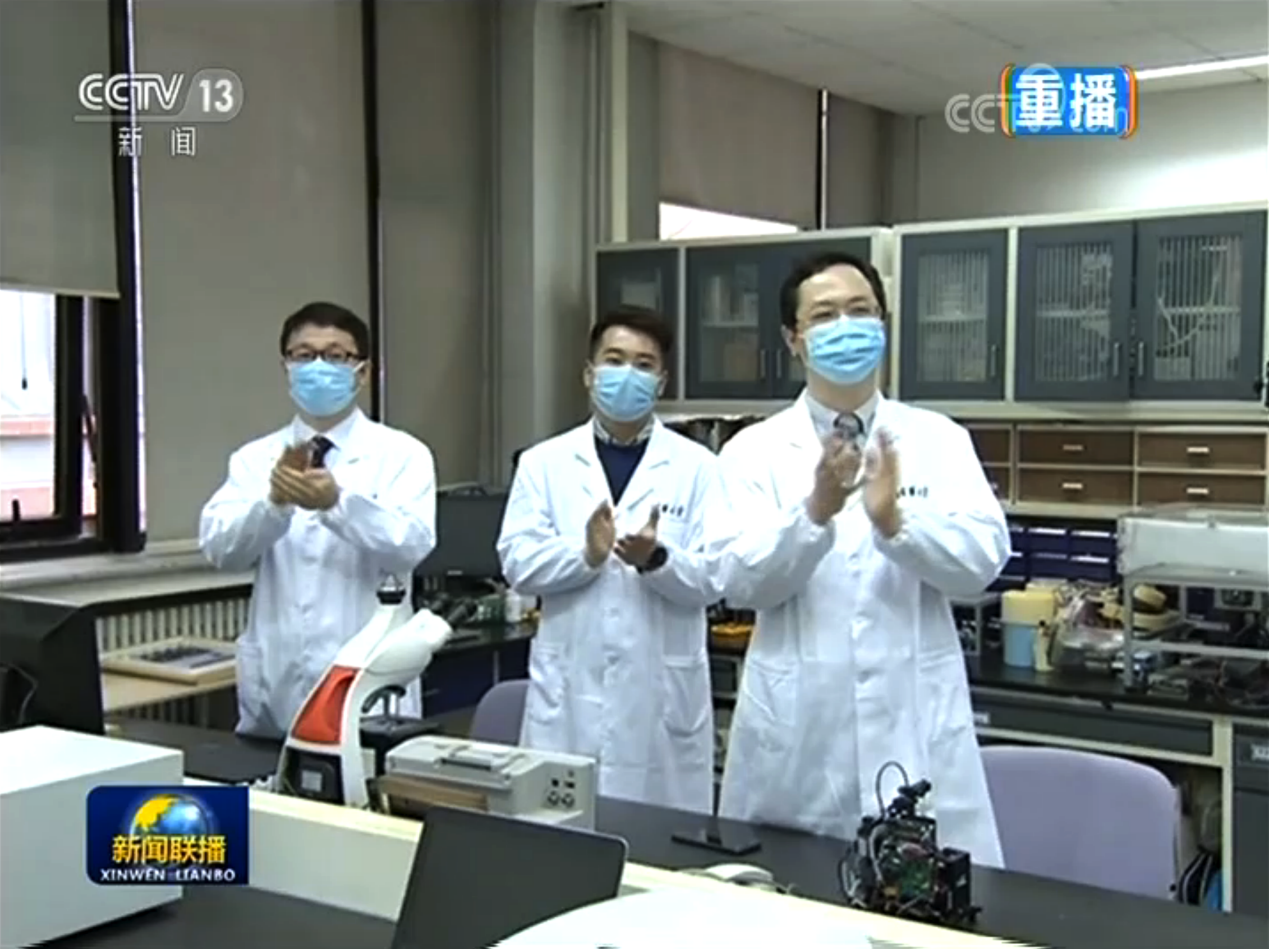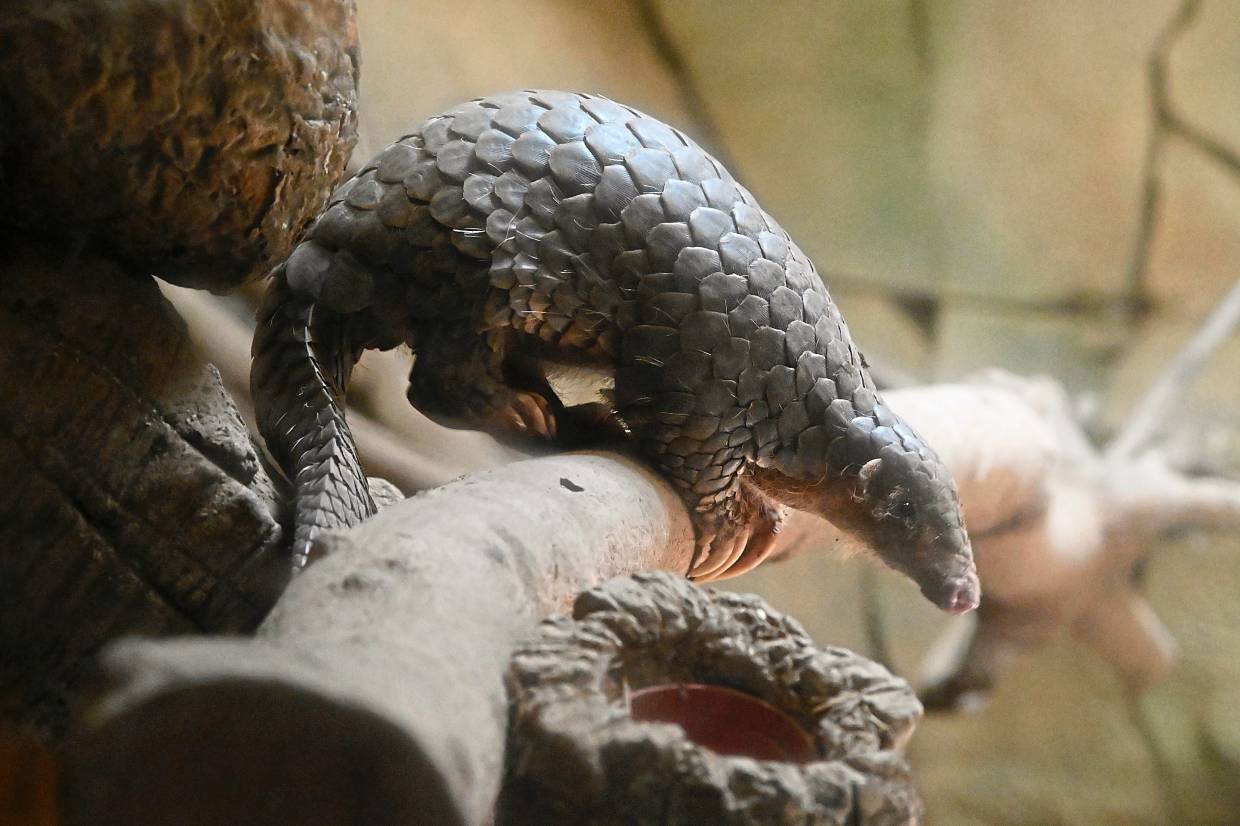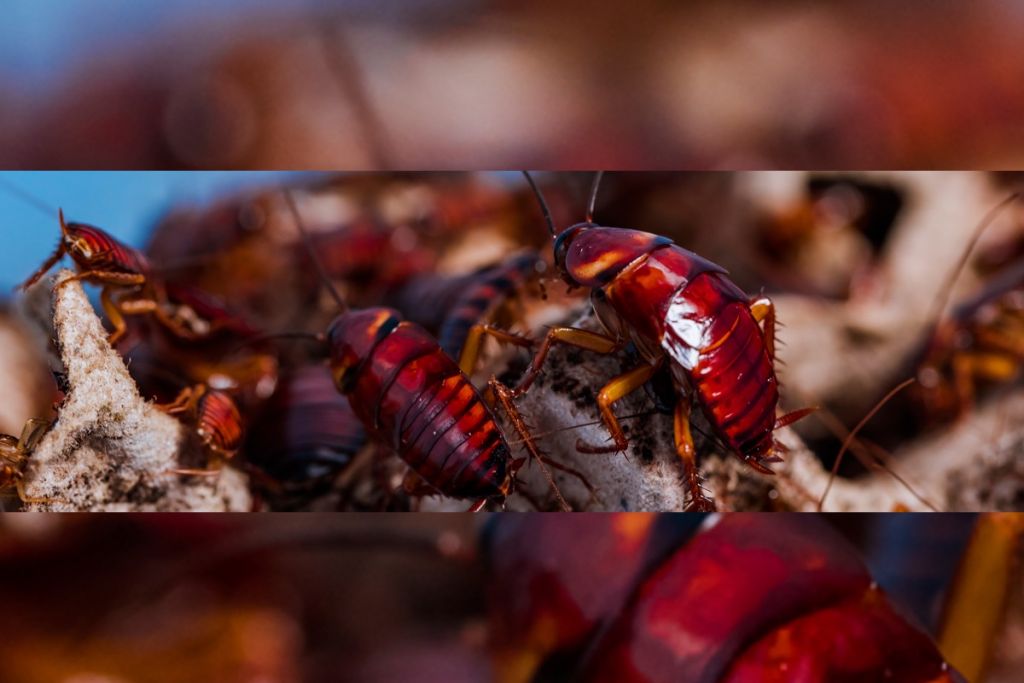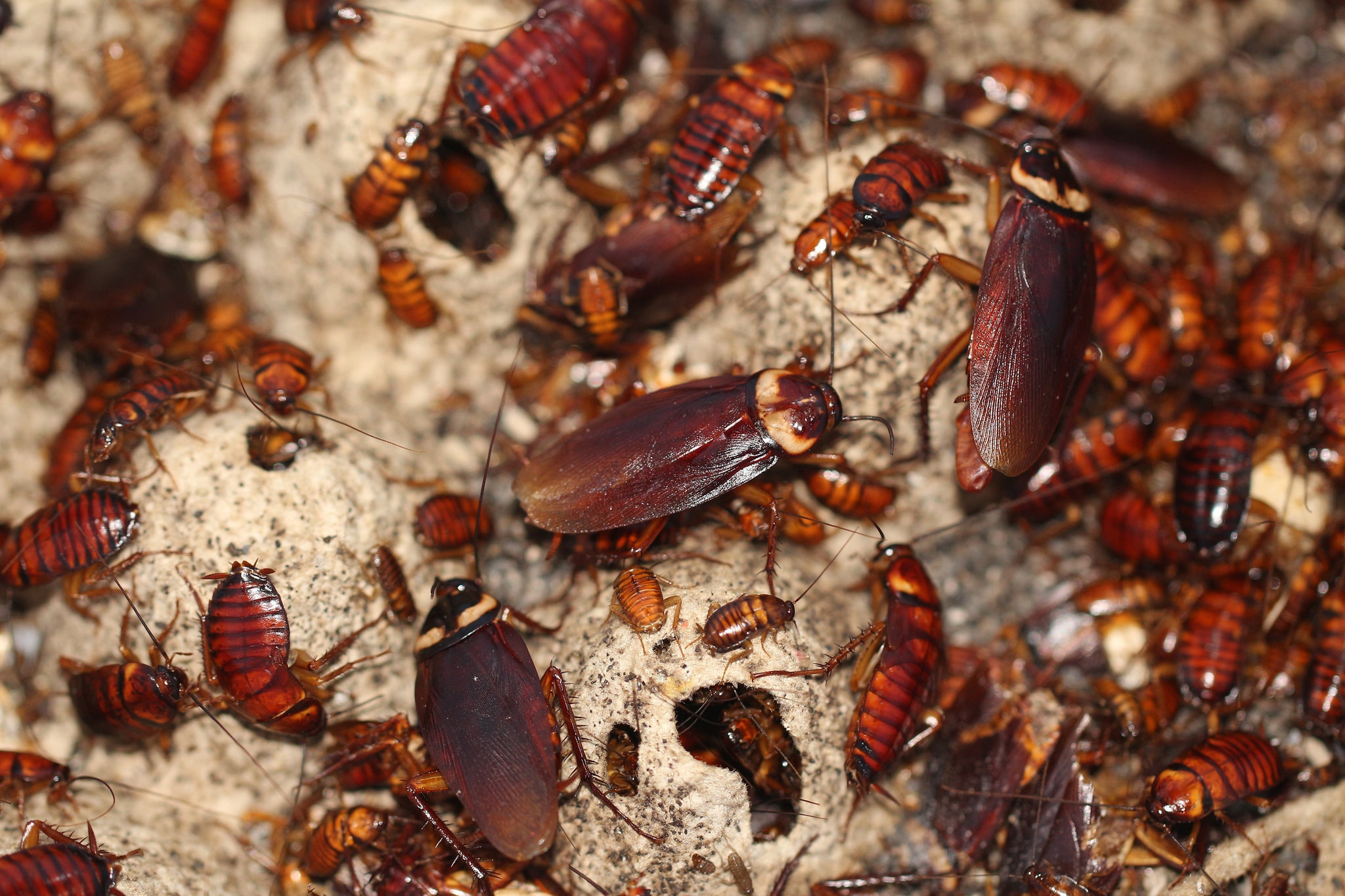
Likes
The American cockroach is the largest common house cockroach, about the length of a AA battery. Also called the water bug, it can live for a week without its head. It eats just about anything, including feces, the glue on book bindings, and other cockroaches, dead or alive. It can fly short distances and run as fast as the human equivalent of 210 miles per hour, relative to its size.

Researchers decoding the genome of the American cockroach found a wide variety of genes that help the insects perceive tastes and survive harsh environments.Credit to Sheng Li
All these feats and more are encoded in the American cockroach’s genome, its complete set of genetic instructions, which was sequenced by Chinese scientists and published on Tuesday in Nature Communications. It is the second largest insect genome ever sequenced (the first belonging to a species of locust), and larger even than the human genome.
In China, the cockroach is often called “xiao qiang,” meaning “little mighty,” said Sheng Li, an entomology professor at South China Normal University in Guangzhou and lead author of the paper. “It’s a tiny pest, but has very strong vitality.”
His team found that groups of genes associated with sensory perception, detoxification, the immune system, growth and reproduction were all enlarged in the American cockroach, likely underpinning its scrappiness and ability to adapt to human environments.
Their study comes on the heels of the sequencing of the German cockroach genome, which was published in Nature Ecology & Evolution last month. While the German cockroach only inhabits human environments (particularly kitchens), the American cockroach flourishes in a wide range of habitats.
Both species, however, succeed worldwide as omnivorous scavengers, and are notoriously adept at dealing with the insecticides and other pest control methods we throw at them. They’re both frequent visitors to homes in the United States, though the German cockroach is slightly more common.
That generalist lifestyle is reflected in the species’ genomes, both of which are massive, said Coby Schal, an entomology professor at North Carolina State University and an author of the German cockroach study.
Consider, in comparison, more specialized insects like bedbugs or termites. Feasting exclusively on blood, bedbugs no longer need sugar receptors. Most termites, which live in the dark, are blind.
Cockroaches, on the other hand, need eyes, sugar receptors, ways to survive nasty environments — you name it. As a result, “cockroaches have to have a very large repertoire of proteins, and therefore a lot of genes,” Dr. Schal said.
In the American cockroach, Dr. Li and collaborators annotated thousands of genes, including more than 1,000 thought to help the insect detect chemical cues from the environment. Among these are more than 300 genes associated with perceiving bitter tastes, which could help them decide which foods are safe.
The scientists also interfered with more than 20 genes thought to be related to immunity, reproduction and development, and found that doing so had damaging effects on the cockroaches.
Genes such as these are promising targets for future pest control methods, said Xavier Bellés, a research professor at the Institute of Evolutionary Biology in Barcelona. Such methods are already being developed for agricultural pests.
In terms of basic biology, comparing the genomes of primitive cockroaches and termites — which evolved from cockroaches — will allow scientists to learn more about eusociality, a rare phenomenon in which organisms cooperate through sophisticated division of labor, said Tanya Dapkey, an entomologist at the University of Pennsylvania who was not involved in the new research. Termites evolved eusociality long before other insects like ants and bees.
For now, Dr. Li is following up on the American cockroach’s extraordinary healing capabilities: cut a leg off, and the insect will quickly regenerate it.
His team is identifying the proteins and pathways involved in this process, with the hope that they can be harnessed for medical treatments. Cockroach extract has long been used in traditional Chinese medicine to speed healing on cuts and burns.
“We’ve uncovered the secret of why people call it ‘xiao qiang,’” he said. “Now we want to know the secrets of Chinese medicine.”
Source: https://www.nytimes.com/2018/03/20/science/american-cockroach-genome.html
What to read next:

